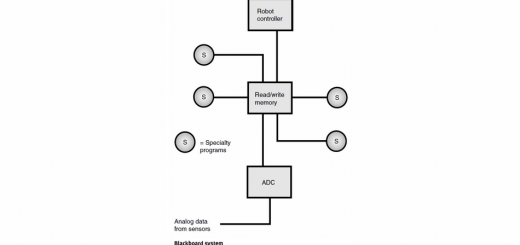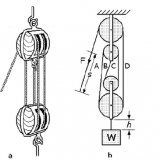Rotary Linear Linkages – SLIDER CRANK Mechanism 51025
A crank is an arm attached at right angles to a rotating shaft by which reciprocating motion is imparted to or received from the shaft. It is used to convert circular motion into reciprocating motion, or vice-versa. The arm may be a bent portion of the shaft, or a separate arm or disk attached to it. Attached to the end of the crank by a pivot is a rod, usually called a connecting rod. The end of the rod attached to the crank moves in a circular motion, while the other end is usually constrained to move in a linear sliding motion.
The term often refers to a human-powered crank which is used to manually turn an axle, as in a bicycle crankset or a brace and bit drill. In this case a person’s arm or leg serves as the connecting rod, applying reciprocating force to the crank. There is usually a bar perpendicular to the other end of the arm, often with a freely rotatable handle orpedal attached.
ALTERNATIVE DESIGNS
1- Slider-crank mechanism having a pause at the end of stroke.
The tooth number of internal gear is 3 times of the one of satellite gear. The short crank’s length is half of the long crank’s one. One axle of the connecting rod draws a deltoid that consists of 3 nearly round curves. The length of the connecting rod is equal the radius of the curve.
2-Slider-Crank Mechanism with added double crank 2
The slider’s stroke length is nearly 4 times of the red crank length.
Links
Featured Video – http://youtu.be/rG5ipR9S07U
Video 1 – http://youtu.be/KnASJHtbGB0
Video 2 – http://youtu.be/ObmXPNQhI1k






